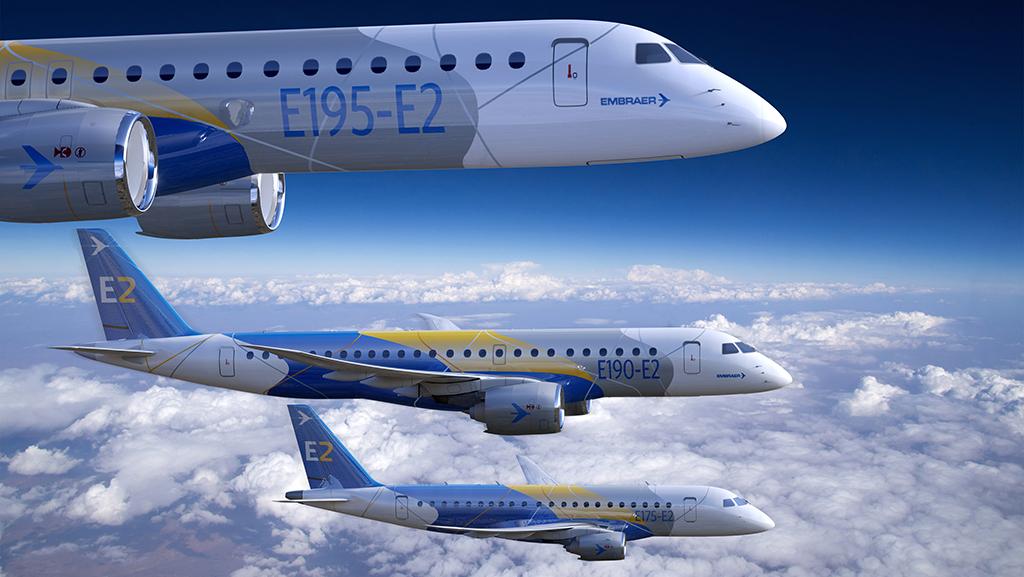
Ask the Editors: The Aviation Week Network invites our readers to submit questions to our editors and analysts. We’ll answer them, and if we can’t we’ll reach out to our wide network of experts for advice.
What’s going to happen in the regional jet market? Will Embraer have a monopoly? Will airlines have to settle on older, inefficient aircraft?
Jens Flottau, Aviation Week’s executive editor for commercial aviation, responds:
The regional segment as a whole, including regional jets, is probably the most fascinating segment in commercial aviation today. Not long ago, Embraer was competing with Bombardier and Mitsubishi. Then Bombardier sold the CRJ (Canadair Regional Jet) business to Mitsubishi and terminated production of new airliners (the C Series is now part of the Airbus portfolio and positioned above the regional space). Mitsubishi indefinitely shelved the SpaceJet because of huge development costs and uncertain market conditions. So yes, Brazil-based Embraer now has a monopoly in regional jets that could last for years.
But that position is not so great as it sounds. While the Embraer E2 is a very substantial step up from the E1, its market success has fallen short of expectations. Scope clauses remain in place in the U.S., and regional aircraft have not benefited as much as some had hoped from the wave of airline downsizing brought on by the COVID-19 travel slump.
Meanwhile, another monopoly is emerging in the turboprop segment, following the decision by de Havilland and parent Longview Aviation Capital to suspend production of the Dash 8-400. Although Longview has said it could restart the line in the future, that would require a substantial investment in setting up a new final assembly line in what is at best an uncertain market. Therefore, ATR is likely to remain the only Western producer of regional turboprops for the time being.
Some wild cards, however, could still change the dynamics within the regional aviation sector. Embraer is looking for partners to launch development of a new large turboprop that would compete with the ATR products and could capture part of the traditional regional jet market, assuming Embraer meets the goals it has set for efficiency and passenger comfort.
If Embraer does launch a new turboprop, ATR might be forced to react. Its owners, Airbus and Leonardo, have not been able to agree on the launch of a new turboprop, a development Leonardo would have liked to see happen years ago.
The advent of electric and hybrid-electric power for small aircraft up to 19 seats might also drive change in the regional market. Political pressure to improve environmental performance could result in electric-powered aircraft replacing some of today’s smaller turboprops.
Register for the upcoming webinar - Are Regional Aircraft Poised to Seize the Day? - on May 7, 2021 at 10am EST.






Comments
Yet the possibility of an advanced internal combustion (turbine) engine, running at an optimal regime, turning a highly efficient generator, powering an again extremely efficient, possibly distributed propulsion electric motors, may finally make the grade for short to medium ranges.